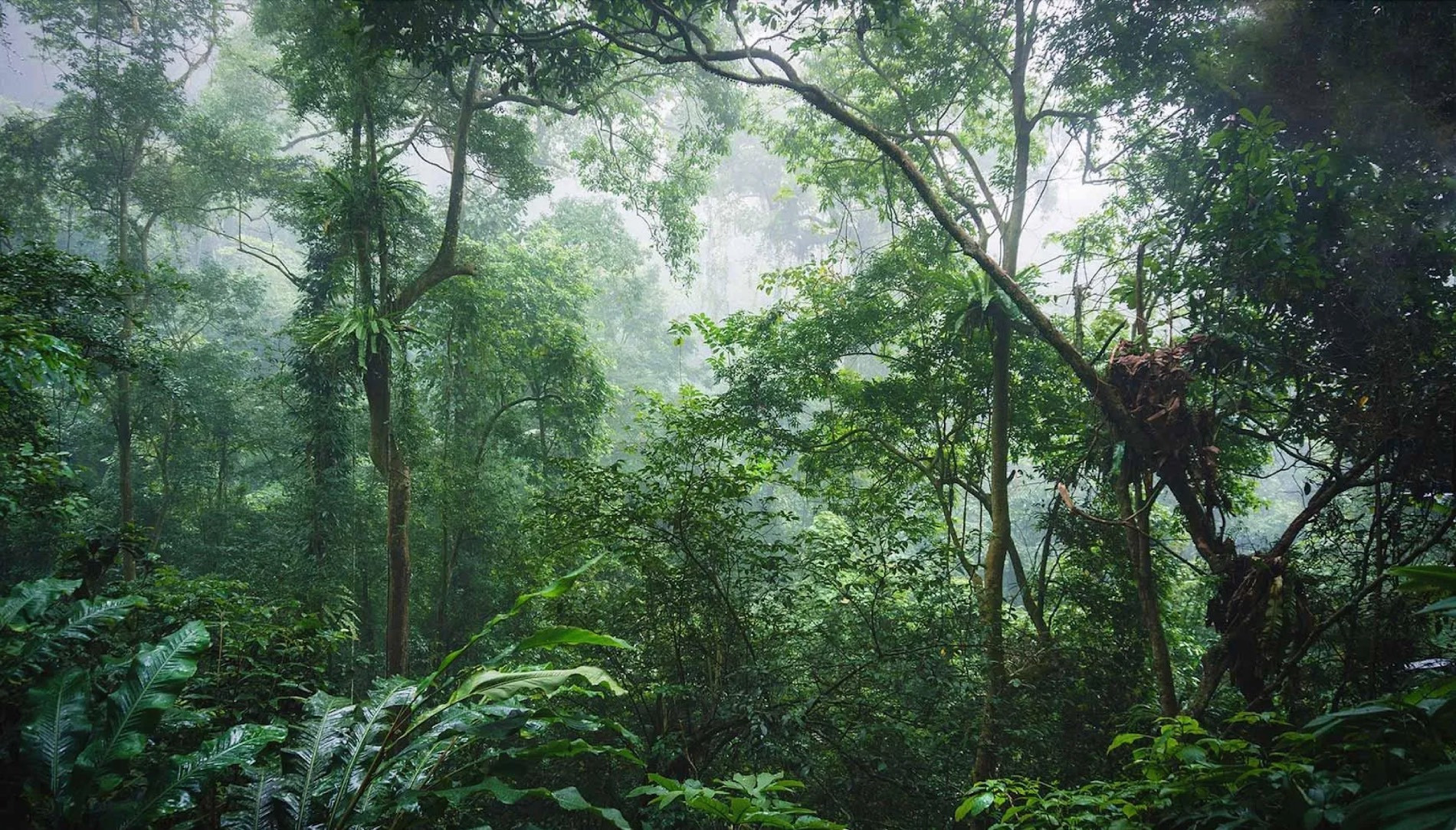
According to the Vietnam Administration of Forestry (VNFOREST), some localities have been contacted by domestic and international organizations and individuals that have proposed providing the service of absorbing and storing forest carbon (forest carbon service), including measurement, reporting, assessment, distribution and commercialization of forest carbon credits.
However, this is a new business and the legal framework remains incomplete. Therefore, VNFOREST has provided basic information for local agriculture departments to consider and implement plans.
Regarding the forest carbon service, in order to implement NDC (nationally determined contributions), the government has set goals for mitigating greenhouse gas emissions by 2030 and has asked ministries and branches to implement the tasks. The agriculture sector has been told to mitigate 129.8 million tons of CO2 equivalents.
Meanwhile, the Ministry of Agriculture and Rural Development (MARD) has assigned the forestry sector the task of mitigating at least 39.31 million equivalents by 2025 and 79.1 million tons CO2 equivalents by 2030.
The latest report about the results of the implementation of REDD+ (Reducing Emissions from Deforestation and Forest Degradation) Vietnam showed that in 2014-2018, the emission reduction was 56.7 million tons (including 20.3 million tons from emission reduction and absorption increase -36.4 million tons).
The emission reduction and absorption increase were both gained thanks to great efforts to restore, protection and develop forests in the entire country. The forestry sector has great potential and has completed legal documents and detailed guidance to join the domestic and international carbon markets after fulfilling its NDC duties.
VNFOREST said that Vietnam is implementing only one forest carbon credit transfer program – ERPA (The Emission Reductions Payment Agreement) signed on October 22, 2020 between MARD and the IBRD (International Bank for Reconstruction and Development), an arm of the World Bank.
Under ERPA, Vietnam will transfer 10.3 million tons of CO2 to the World Bank at the price of $5 per ton CO2. The total amount of money Vietnam expects to receive from the program is $51.5 million, and 95 percent of the volume will be transferred and counted as Vietnam’s NDC.
In order to implement the ERPA, the government has issued Decree No107 on piloting the transfer of emission reduction results and ERPA financial management
In addition, MARD and Emergent Forest Finance Accelerator, the administrative agency of the Lowering Emissions by Accelerating Forest Finance (LEAF) Coalition, are preparing to negotiate, sign and implement the ERPA in the Central Highlands and south central region in accordance with the Letter of Intention signed October 31, 2021.
It is expected that Vietnam will transfer to LEAF/Emergent 5.15 million tons CO2 of the Central Highlands and south central region in 2021-2025. All the credits to be transferred will be counted as Vietnam’s NDC.
Quotas to be allocated to regions
Some provinces, including Quang Nam, Son La, Lao Cai, and Thanh Hoa, have proposed deploying a pilot program on investing and trading forest carbon credits. However, they still cannot implement the plan because of the lack of legal regulations and detailed guidance.
VNFOREST has also cited problems in implementing forest carbon services. Policies and legal mechanisms have been set up, but involved parties still need detailed regulations to implement their plans, including regulations on forest carbon ownership, and on exchange, transfer, management and use of the income from forest carbon service.
The emission reduction quotas contributing to the implementation of NDCs and the potential for tradable forest carbon credits in each locality have not been identified and allocated. The information and awareness of forest carbon services are still limited, while forest carbon standards and a system for measuring, reporting, verifying and granting credits to be applied to the domestic carbon market have not been created.
MARD plans to organize the assessment of emission reduction and forest carbon absorption potential at national, regional and local levels by 2030, with vision towards 2050.
Emission reduction quotas will be allocated to ecological regions and localities annually in 2021-2030 to implement NDC target. Meanwhile, national standards on forest carbon credits and detailed regulation on measuring, reporting and verifying emission reductions/carbon absorption increase will also be set.
Ministries and sectors are perfecting the legal framework, and institutional and technical conditions to run the domestic market and join the international market.
Tam An